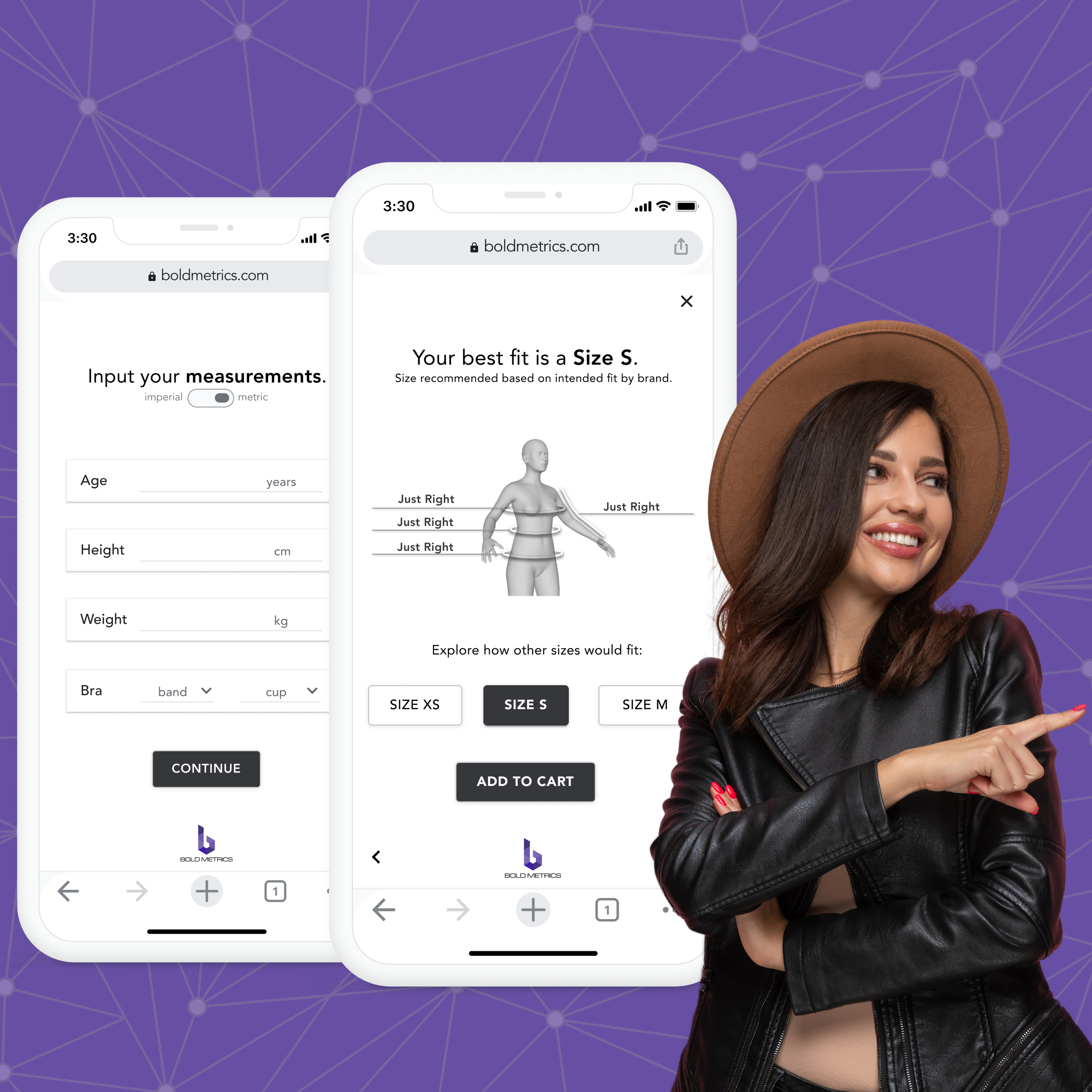
The Future of Fit: The Role of Digital Twin Technology in Apparel
Digital twin technology is a concept that involves creating a digital representation or replica of a physical object, system, or process. It combines real-time data from various sources, such as sensors, devices, and/or systems, to create a virtual model that mirrors the real-world counterpart in real-time. Digital twin technology is built on the principles of Internet of Things (IoT), big data analytics, artificial intelligence (AI), and machine learning (ML).
How Digital Twin Technology Works
Digital twins leverage technologies like AI and ML, to process and analyze the vast amount of data collected from the physical object. This helps in gaining insights, predicting behavior, and optimizing performance. By analyzing the data collected by the digital twin, the user can make informed decisions and take appropriate actions to optimize operations and processes.
Digital Twin Technology in the Apparel Industry
Digital twin technology is transforming the apparel industry by enabling brands and retailers to offer precise and accurate sizing and fit recommendations to their customers. This technology also powers virtual try on and virtual fitting room experiences, enhancing the shopping journey.
“When we say ‘digital twin’ we’re referring to a consumer’s digital twin from a body measurement perspective,” explains Daina Burnes, Co-founder and CEO of Bold Metrics. “Through AI, we determine a consumer’s detailed body measurements and create their digital twin from that which can be represented as a 3D avatar based on body shape and size.”
Unlike other sizing methods that rely on general comparisons or surveys, digital twins offer a more personalized and precise approach.
“Many of the sizing solutions out there produce sizes from other information and it’s not specific to how it’s going to fit the individual consumer. The brand comparison approach, for example, is very high-level on the concept of fit because it just compares the brand they’re looking at vs. other brands that they wear. Someone could be multiple sizes within a brand based on the style. Other solutions cluster survey inputs with trends seen on purchases, grouping similarly answered survey questions to certain sizes. This doesn’t solve the main issue, which is how a particular item is going to fit a shopper’s body shape for that individual style,” she adds.
Bold Metrics’ sizing solutions leverage digital twin technology to determine 50+ body measurements from 4-6 simple survey responses from the shopper. Paired with machine learning algorithms that have generated over 75 million digital twins (and counting!), shoppers are matched with their best fit based on their unique body measurements to a precise accuracy. Bold Metrics works with brands to understand how items are designed to fit, which is then accounted for when providing a size recommendation based on a shopper’s digital twin, creating a perfect personalized match. This consistently results in higher conversion and average order value, decreased returns, and higher brand loyalty.
“Surface-level technologies give you surface-level results.”
Daina Burnes
Co-founder and CEO of Bold Metrics
The Value of Digital Twins for Accurate Sizing
When a consumer is shopping on your website and lands on a product page, they don’t want to know generally, across the board, what size they are. They want to know how the item they’re considering purchasing is going to fit their body. That’s where digital twins come in and eliminate the guesswork from the shopping experience, particularly through virtual try on and virtual fitting room capabilities.
“We take a body measurement approach,” says Burnes of Bold Metrics. “Let’s first understand what the consumer’s detailed body measurements are, as though they stepped into a body scanner, except they don’t have to — we capture the data using AI principles, and our machine learning network understands how to connect the tailor accurate body measurements to the garment information so that the shopper not only knows what their size is going to be, but also how that particular style is going to fit on their body, across the critical points of measure, specific to that garment.”
Fit is a very subjective and personal thing. Multiple people can have the same dimensions but wear a style very differently, so while it’s essential to take this preference into consideration, many sizing solutions simply don’t have the technology to factor in fit. When a consumer is empowered to determine their best fit, the guesswork is eliminated. The likelihood of poor-fitting clothing purchases that will ultimately be returned and diminish their brand loyalty dramatically decreases.
Continuous Improvement Over Time
Digital twin technology also leverages machine learning algorithms to continuously improve accuracy over time. “Behind the scenes, anytime a consumer goes through the technology, responds to the questions to get a recommendation, and makes a purchase, we can track that user’s journey: what their inputs were, what size was recommended, what size they purchased, and whether or not they returned the item(s),” says Burnes.
By tracking user journeys and monitoring purchase and return behaviors, the system gathers valuable feedback to enhance size recommendations. This continuous learning loop enables the technology to adapt and evolve based on real-world data from actual customers from that brand. And from a data privacy perspective, nothing is collected beyond the shopper’s measurements. There’s no registration, no storage of sensitive information — no personally identifiable information (PII) data is required to create a digital twin.
While digital twin technology offers a ton of value for the apparel industry, its applications extend beyond clothing. Sectors such as mattresses/furniture, health and wellness, and aviation can benefit from digital twin technology to enhance product development, customization, and fit accuracy.


.png?width=600&height=408&name=march%202023%20-%20french%20toast%20(1).png)

.png?width=1080&height=1080&name=Bold%20Metrics%E2%80%99%20digital%20twin%20technology%20helps%20some%20of%20the%20worlds%20biggest%20bands%20increase%20conversion%20and%20AOV%2c%20reduce%20returns%2c%20optimize%20their%20customer%20experience%2c%20and%20boost%20brand%20loyalty.%20(2).png)


%20(9)-1-2.webp)



